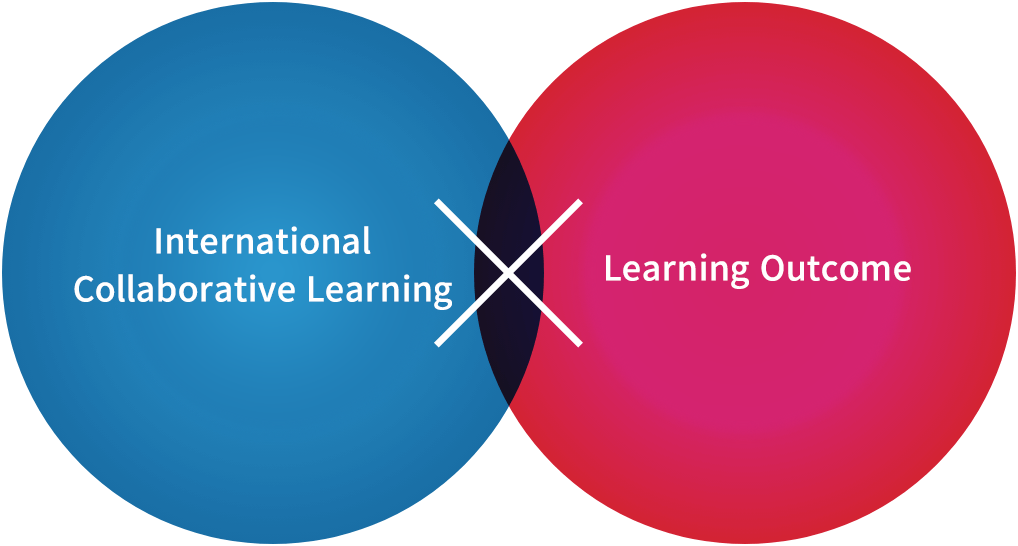 Facilitate diverse learning experiences
Facilitate diverse learning experiences

Facilitation of International Collaborative Learning
Intercultural Collaborative Learning, or ICL, is an educational approach that fosters collaborative learning among learners with diverse backgrounds. Merely establishing an environment where learners from varying linguistic or cultural backgrounds attend classes or interact together does not constitute "international collaborative learning." Ensuring meaningful interaction among learners is crucial, where they perceive each other as valuable educational resources and have the chance to link "collaborative learning" with the reconstruction of their own values. This form of learning doesn't happen spontaneously; rather, it necessitates intentional educational interventions. These include designing activities and tasks aligned with learning objectives and offering suitable guidance and information to facilitate its development.
ICL Rubric
This rubric was developed to enhance the effectiveness of educational practices utilizing "Intercultural Collaborative Learning, (ICL)" in which international students and domestic students learn from each other through meaningful interactions. ICL is expected to yield learning outcomes where learners deepen their understanding of different cultures and their own culture through mutual learning and collaboration, leading to the development of new perspectives (Suematsu, 2017). While ICL is recognized as an effective method for enhancing intercultural understanding, challenges have arisen in recent years regarding how to measure students’ learning outcomes and visualize their learning process.
To address these challenges, researchers and practitioners of ICL from various universities with different characteristics such as university type, size, location, educational philosophy, and characteristics, launched a research project* and developed this rubric over a period of two years. Through this process, extensive literature reviews, case studies both domestically and internationally, and repeated surveys and verifications to enhance the accuracy of the rubric were conducted, aiming to create a highly versatile indicator that considers as many learners and diverse learning formats as possible.

-

Case study video
When designing and implementing classes incorporating intercultural collaborative learning (ICL), there are many points that require careful consideration. For instance, how to communicate the learning goals, contents, and evaluation methods to students, how to create an atmosphere that fosters collaborative learning among students, and how to provide feedback on students’ assignments are all crucial aspects. Despite understanding the importance of these factors, practitioners of ICL often struggle to find the "correct" approach.
Implementing appropriate measures in response to these challenges can significantly impact the learning outcomes of students. This video material was created based on feedback and suggestions provided by students with experience in ICL courses at Tohoku University. It is structured to address requests such as "What I would like learn in ICL classes" and "What kind of improvements I would like my instructor to make to enhance the quality of learning,“ and includes advice and ideas that lead to good practices.
Please utilize this video material as a reference for building a richer environment for “Internationalization at Home."
